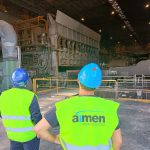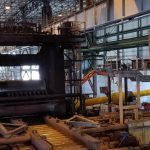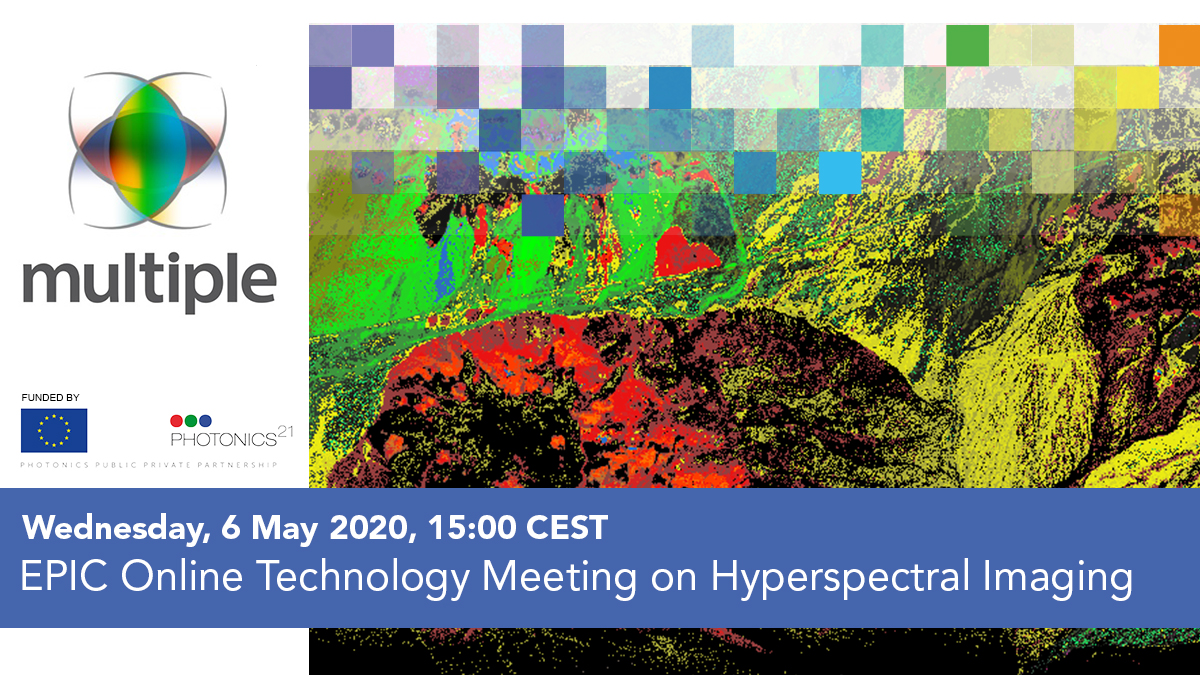
Steel manufacturing
Monitoring relevant parameters for steel manufacturing
For optimising the steel manufacturing process, the MULTIPLE project aims to implement the technologies to optimise the furnace combustion, control the furnace temperature and monitor the real temperature of the slab in the rolling mill.
MULTIPLE is implementing its photonic-based process monitoring technologies to monitor relevant parameters for steel manufacturing to optimise the steel manufacturing process. An adaptive on-line control of the furnace and the rolling mill for the steel manufacturing process will be implemented, enabling the optimisation in terms of product and energy efficiency. For the furnace monitoring solutions, MULTIPLE is implementing pyrometer lectures across the line, thermocouple lectures inside the furnace, SWIR HSI monitoring of the steel slab and furnace walls, and UV measurements of slabs. Using edge computing, the process can be continuously controlled and adjusted in real time. These fully integrated systems will optimise the operation point in the furnace and automatically adjust the reheating sequences and loads at the rolling mill, avoiding scraps and defective parts, ensuring end product quality, and reducing the consumption of energy.
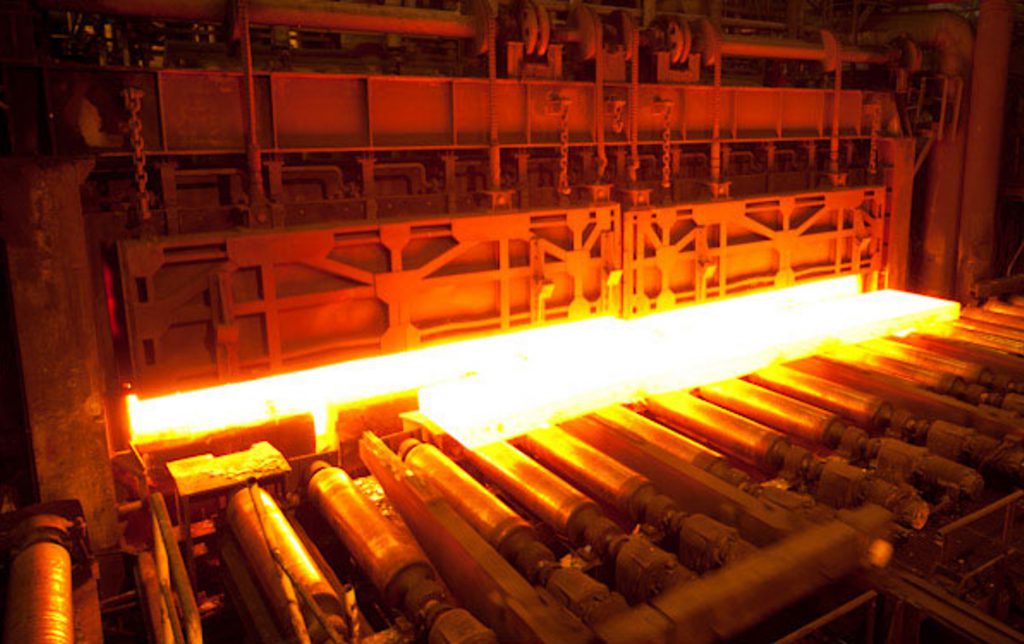
First results
July 2020 – First laboratory trials with LDL steel samples to identify mixtures based on composition
Experimental trials for spectral characterization of steel slabs using hyperspectral cameras in the visible and SWIR range. The plates have been heated up using a ceramic oven to reach temperatures around 1300ºC. This first dataset will be used to prototype a classifier to discriminate among different steel alloys based on their composition and to develop a SWIR thermography approach to measure temperature independent on emissivity.
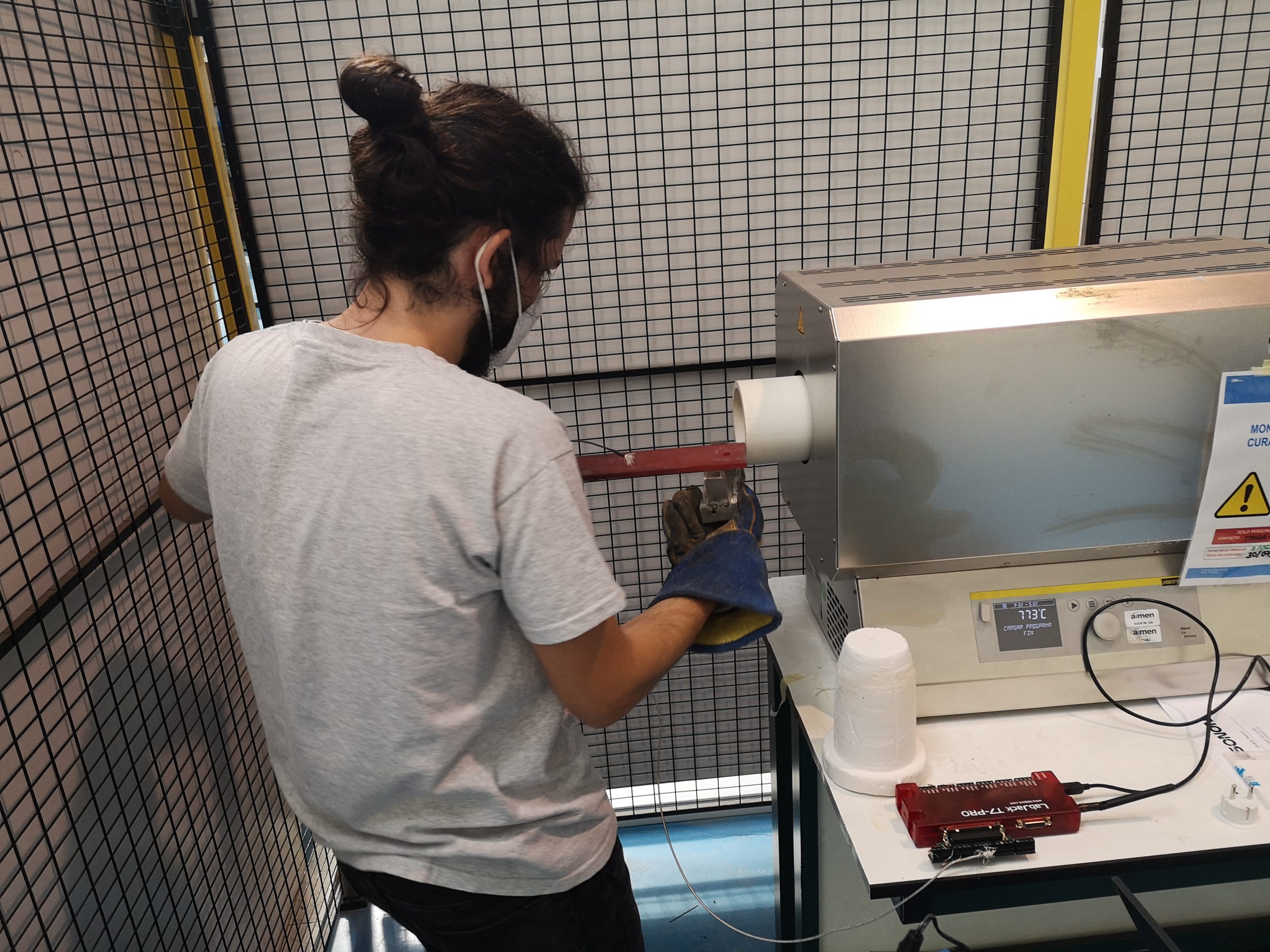
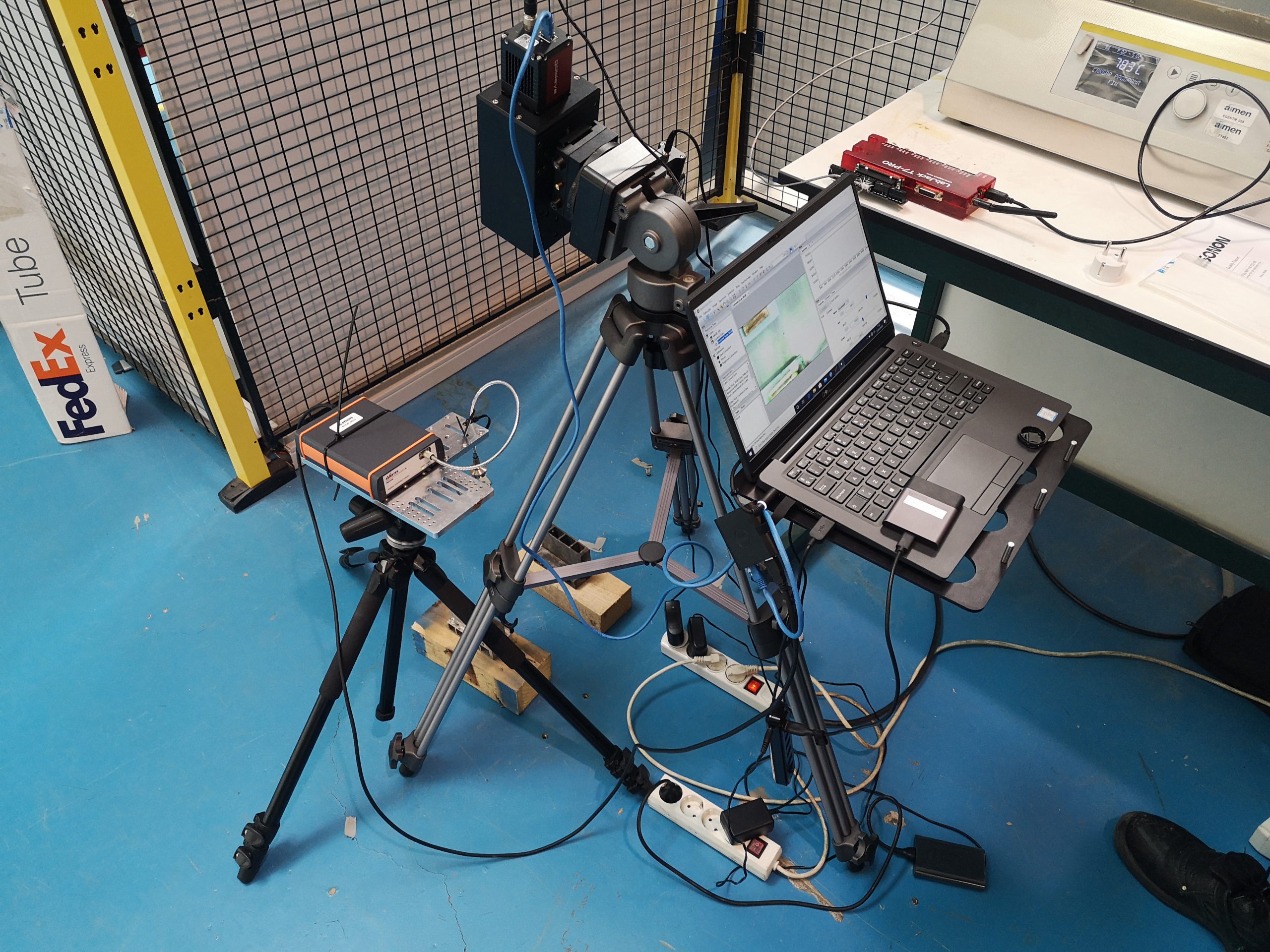
January 2022- Thermography models
The combination of a snapshot camera with the estimation models implemented in an edge device will enable the development of imaging systems capable of providing the temperature maps at video rate.
For the LDL steelworking use case, the target is to estimate high temperatures (500ºC-1500ºC) by combining radiation measurements at different wavelengths without the need of explicit knowledge of emissivity. For that purpose, a multi-wavelength thermography model in the SWIR range was developed. The thermography experiments carried out are based on two different approaches:
- Data-driven models applying Machine Learning.
- Physics-based models based on theoretical radiation equations.
In addition, the models are developed following a progressive experimental procedure, starting with black bodies, then grey bodies and finally, adapting the models to real steel alloys. The experiments performed with the data-driven model for blackbody, graybody and real steel slab show promising results.
Next steps will include the adaptation of the multiwavelength thermography model to the outstanding snapshot HSI SWIR camera developed by PHF and IMEC that has been recently released.
First integration in LDL
AIMEN and RUSSULA team visited LDL for the first integration in July 2021 to install the system including the HSI snapshot mosaic visible camera and the edge device in the entry of the rolling mill. This system will be able to monitor temperature, geometry and composition of the steel slabs. Also, AIROPTIC gas analyzer was installed in the furnace, in which the CO2, O2, steam and temperature will be measured to optimize the process combustion.
